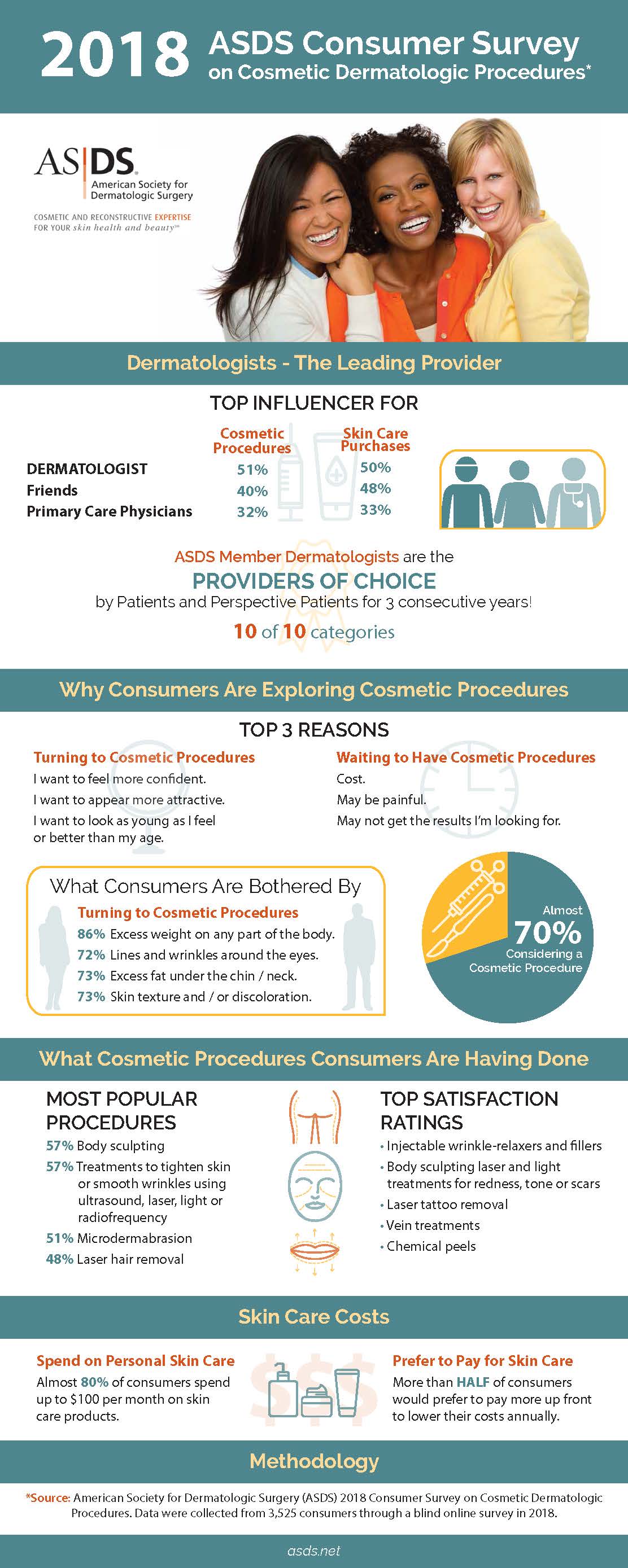Foods To Avoid For Clear Skin
Foods To Avoid For Clear Skin
Blog Article
Acne Scars and Post-Acne Care
Acne scars and dark marks can continue to be even after the blemish itself has actually cleared. Yet there are lots of natural, non-prescription and clinical treatments that can lower their appearance.
Ice pick scars are small imprints that look like pinpricks; rolling scars have a wave-like appearance and shallow depth; boxcar scars have clear edges; hypertrophic scars are raised bumps. Treatments include skin needling, where your doctor rolls a needle-studded device over the skin; and surgical excision, when a healthcare professional remove deep marks.
1. Scrub
Acne marks discolor best when they aren't covered with dead skin cells. Peeling eliminates the accumulation and enables fresh skin cells to find to the surface. It likewise makes acne marks much less visible.
A skin specialist can advise exfoliation techniques for your particular skin type. Dry skin may take advantage of exfoliation with scrubs or other mechanical methods, while oily skin may need a chemical peel. Those with darker skin tones require to be mindful making use of more powerful chemical therapies, as they can trigger dark spots and sensitivity.
If you have acne scars, stay clear of selecting or pressing at them, which can make them even worse. Inflammation triggered by irritation increases the chance of scarring. Selecting can leave ice-pick marks, which are slim imprints with a point at the end. You can also get boxcar marks, which are impressions with broader edges. You can also develop hypertrophic or keloid marks. These are elevated bumps of scar tissue that can be itchy and painful.
2. Hydrate
After finishing your acne treatment, keeping skin clear and healthy and balanced calls for a constant skincare routine that shields from outbreaks and decreases post-acne marks. This includes a mild cleanser and cream, non-comedogenic products that don't clog pores, and avoiding foods that aggravate skin or trigger acne flare-ups.
Utilizing a lightweight, non-comedogenic moisturizer with active ingredients like hyaluronic acid and glycerin can assist moisturize skin while also boosting skin structure and promoting healing. Seek a product that is formulated without scent or parabens.
An item that targets remaining acne marks with ingredients such as skin-brightening tranexamic acid and bakuchiol can boost dark places or unequal tone caused by swelling. It carefully resurfaces the complexion while smoothing harsh and distinctive areas. An item that integrates a retinoid and a plant-based retinol alternative can also improve the look of deeper marks while concurrently targeting existing acnes and preventing future outbreaks.
3. Conceal
Once your acne marks heal, you can hide them with makeup and a concealer. Simply ensure you're only using the product over marks that are completely healed (not fresh ones), states Sotomayor. Then, finish your appearance with a bold lip shade or statement great smoky eye shadow for maximum influence.
When it pertains to choosing a structure or tinted cream, it is very important to pick one that is noncomedogenic and oil-free. This will certainly help maintain your skin clear and avoid the clogging of pores that can cause new outbreaks.
The same goes with choosing a concealer. Seek a formula that uses full botox lip flip insurance coverage however still feels lightweight and blendable on the skin. Additionally, when hiding imprints from acne marks, it's a great idea to discover a color that matches your all-natural skin tone (instead of a color lighter or darker). This will certainly help hide the indents more effectively. This beneficial balm is an excellent alternative for brightening and lightening post-inflammatory hyperpigmentation, which can be brought on by acne or other inflammatory skin disease. It includes moistening panthenol, softening shea butter and strengthening peptides that minimize redness and flaky appearance.
4. See Your Skin specialist
The marks that form from extreme acne frequently call for treatment by a physician or skin doctor. Before that can take place, though, an individual has to have their acne controlled. This consists of not picking or pressing acne places, and utilizing gentle cleansers and water-based non-comedogenic products that will not clog pores.
If drugstore cleansers and spot treatments aren't removing your skin, schedule a visit with a skin doctor. The skin specialist can advise other therapies that aid clear your skin without drying it out or annoying it.
A skin doctor can also deal with various other kinds of post-acne marks, including dark places that are a sort of hyperpigmentation called PIH (post-inflammatory hyperpigmentation). A topical retinoid like adapalene can visibly lighten these marks and fade them swiftly. For various other kinds of marks, the medical professional can suggest a much more extensive therapy. This could include microdermabrasion or chemical peels off that are done right in the workplace. Depending on the seriousness of your marks, these therapies might need to be repeated.